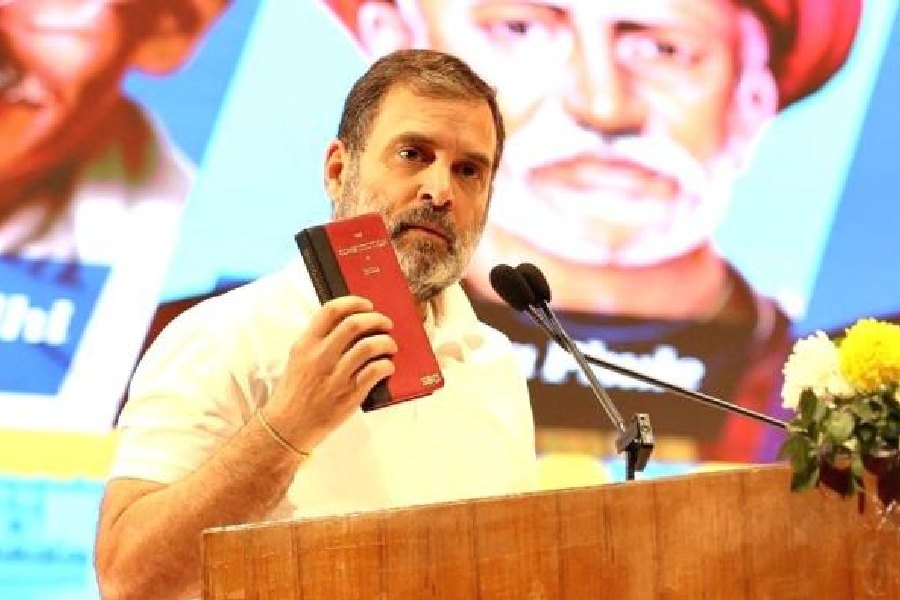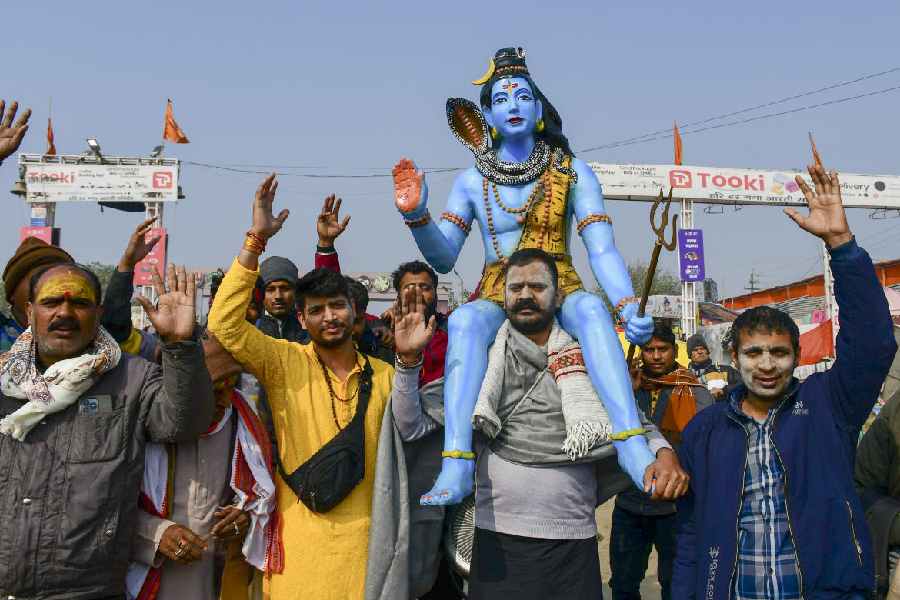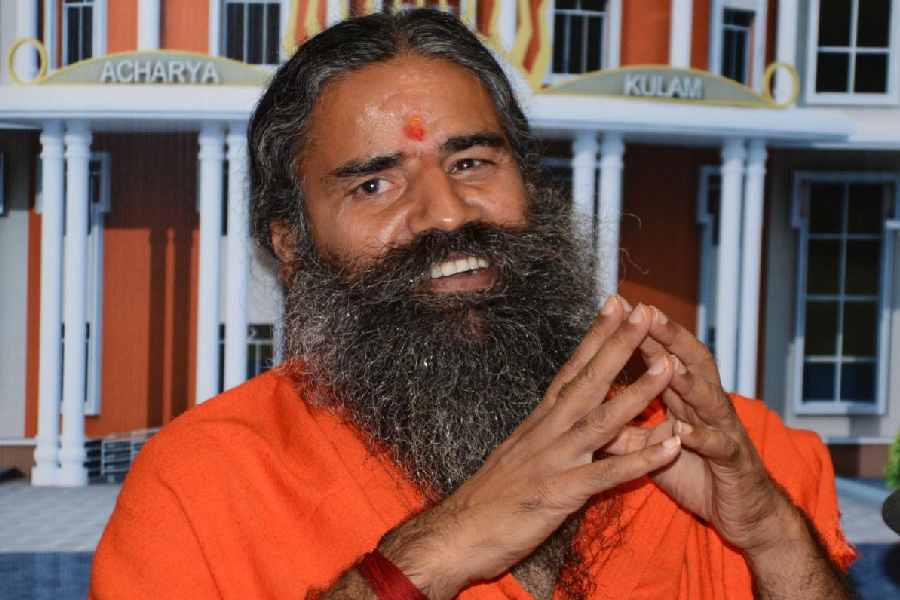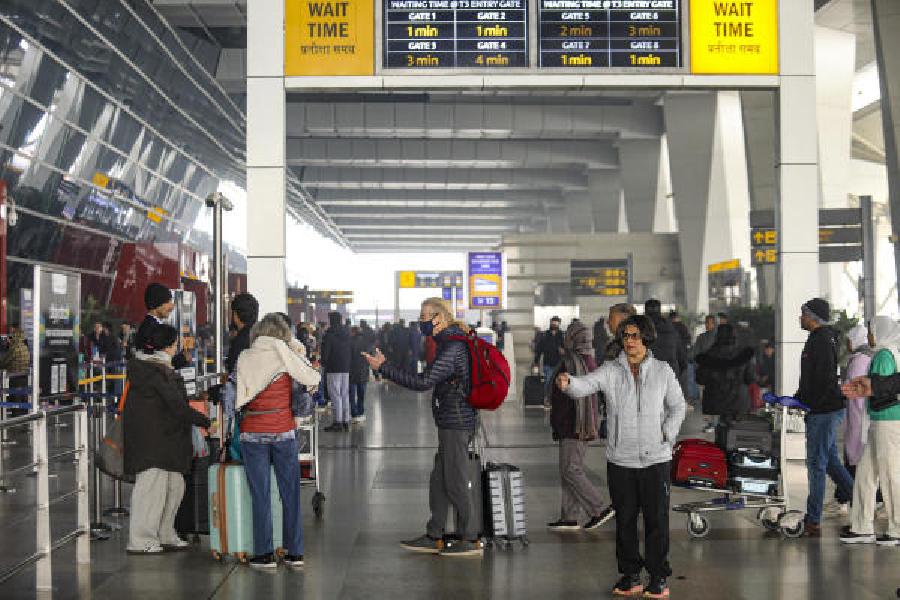 |
A cross-legged Natasha stares out of the computer screen, beckoning the youth of a nation with her kohl-lined eyes. She’s an artist at heart, prefers pizza to ‘nihaari’, and is currently jamming her ears with that crunchy guitar riff from Eric Clapton’s Cocaine. Or so says her profile.
Any guesses as to what she does for a living? She veejays, of course. For MTV. Pakistan. Sting cribbed about it some two decades ago. And the youth in the General’s country is echoing him now. Young Pakistan wants its MTV. Which is why Natasha has stopped work on her paintings and is busy exercising her gift of the gab on the Pakistani version of MTV Select.
The bass booster has been turned full on, and the adrenalin is on the treble. Pakistan is grooving, and how. As in any other country, MTV’s discussion forum in Pakistan burns with the usual life-and-death questions of which rock star rules the scene, or which veejay is the hottest.
But not all the queries are limited to the coolest albums and new videos on YouTube. Some of them go on to question the channel and the media’s role in supposedly corrupting the youth’s values and even political issues about whether Indian songs should be played on MTV Pakistan.
And those are a few of the concerns the world’s ruling broadcaster, MTV Networks, tried to probe and discern before venturing into a country touchy about cultural invasion. “MTV has a strong culture of consumer first. So it was top priority to tap the Pakistani youth without alienating the culture,” says Amit Jain, executive vice president, MTV Asia.
in spite of apprehensions about the strong Islamic tradition and conservatism, MTV Pakistan has gained a strong foothold. Launched in November last year, MTV Pakistan currently reaches four million households through cable.
But just why MTV chose to venture into Pakistan now is best explained by Mohammad Shahbaaz Aslam, manager of popular Pakistani musician Atif Aslam. “These are tiding times for popular music in Pakistan. The audience base for popular music is increasing by the day, and budding musicians are finding it easier to pursue a career in music. Music television is only taking the whole movement forward,” he says.
Teething problems aside, MTV’s move is being seen as a wise economic decision. Pakistan, with an opening market and an 8 per cent GDP growth, is an attractive investment destination.
And with the success of MTV Pakistan firmly under its arm, MTV is also racing towards a Middle Eastern launch later this year.
Opening up in the region makes sense, for the pop music scene in Pakistan was happening long before Indian acts had mustered enough courage to break into song and dance on stage. At a time when Indian audiences were flipping pages in the dictionary to look up phrases such as fusion rock, bands like Vital Signs were already setting venues in Pakistan on fire. In the mid 1990s, Salman Ahmad’s Junoon even dared to cross the border into India, and the move was nothing short of a thumping conquest.
In that context, it’s hardly surprising that music channels would — in due course of time — get over their reservations about airing in the Islamic world. While MTV’s foray is being seen as an iconic invasion of sorts, other music channels hosted by networks such as ARY and Geo have already established themselves in the country. Channel V International also airs in Pakistan, but as part of the Star TV bouquet and not under its own name.
Jain explains that any MTV expansion strategy has three core elements. “First, we have to see whether the youth market is ready for it, second, if the software or product, namely, the music video industry, is thriving and third, of course, advertisers and the distributor,” explains Jain.
Before its launch, MTV tried to tap the young Pakistani pulse through a test market, wherein they beamed MTV India mainly to people between 15 and 24 and found a strong demand. “If Indian youth is young then the Pakistani youth is younger. About 40 per cent of the population is under 15,” says Jain. Not just young, the Pakistani youth is hungry as well. “Unlike India, Pakistan does not have a Bollywood or 300 TV channels. But when we come to music tradition, Pakistan may be stronger than India,” says Jain.
But the dissimilarities end there. Pakistan, like India, is experiencing the emergence of global brands and a boom in the telecom sector. Products targeted primarily at the youth, such as cosmetics, two-wheelers and soft drinks, are also looking for expansion. “A lot of brands seek the right environment and an association with MTV is the right one,” says Jain.
As of now, all the paraphernalia seems to be in place for MTV Pakistan but whether it will catch up with other channels is anybody’s guess. If a source in the music business in Pakistan is to be believed, MTV has had its share of initial glitches, and it would be sometime before the channel can pick up the loose ends and compete with other music channels. “The programming on MTV lacks punch, and its quality of veejaying is not too good either,” says the source.
Recently, a controversial video by Falak, a Canadian-Pakistani rock band, depicting 9/11 events, was banned on MTV after widespread criticism. “Anyone looking at Pakistan as a business venture will have to expect — and be prepared for — certain volatile factors related to religion and ethics that could crop up at any time,” says a senior Indian media professional with many years’ experience in Pakistan.
Though Pakistan has come far from the days of Nawaz Sharif, when the “jeans, jacket and pop culture” of American-influenced rock bands was condemned, strong regulation and censorship are still rife. “It is definitely restricted content, compared to the shows being run on other similar feeds. Here you won’t find bikini-clad girls partying on the beach to the rap of Puff Daddy. So MTV Pakistan is definitely playing it low key and avoiding a backlash from the local Islamic leaders,” says Awab Alvi, an activist for free speech in Pakistan.
Content, of course, is king, no matter where. Even in India, MTV started with 100 per cent international content and failed to connect with the youth in the early 1990s. Within seven years, MTV underwent a makeover and changed to 70 per cent Hindi content. “Lo and behold, MTV viewership went up four to five times,” exclaims Jain.
MTV has been following the philosophy of flexible creativity for years, which probably is the secret of its widespread acceptance.Content change — forced or voluntary — is immaterial for a commercial channel. If it sells, it makes sense.











